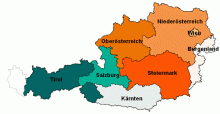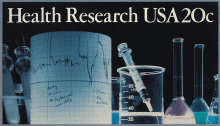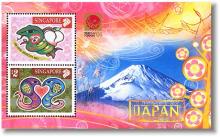
Neonicotinoid is a recently developed insecticide with worldwide use that has been increasing. It acts as a nicotinic acetylcholine receptor agonist. Chloropyridinyl neonicotinoid is a subgroup of neonicotinoid, and are commercially available as imidacloprid, nitenpyram, acetamiprid, and thiadoprid. The maximum residue limits of acetamiprid for fruits and tea leaves are high in Japan, e.g. 5 ppm for grapes and 30 ppm for tea leaves. 6-chloronicotinic acid (6 CNA) is a common metabolite in animals after exposure to chloropyridinyl neonicotinoids, but has not yet been detected in human urine. "Spot" urine samples on the first visit and after were collected from eleven patients 6-52 years-old, who visited X-clinic from August to December in 2008, within 24 hours after symptom onset with unknown origin. Urinary 6 CNA was detected in six out of the eleven patients (IC positive group), by ion chromatography and identified in twenty specimens of these six patients by liquid chromatography-mass spectrometry (LC/MS), maximum 84.8 microg/L from the first visit to the 20th visit. The sensitivity of ion chromatography for LC/MS was 45%, and the specificity was 100%. The IC positive group showed headache, general fatigue, finger tremor, and short time memory disturbance in 100%, fever (> 37.0 C), cough, palpitation, chest pain, stomachache, myalgia/muscle spasm/muscle weakness in 83%, heart rate abnormality (sinus tachycardia, sinus bradycardia, or intermittent WPW syndrome) in 83%, high domestic fruits intake > 500 g/day) in 83%, high tea beverage intake (>500 ml./day) in 66%. Five patients who were not among the IC positive group showed<80%, <40%, 60%, 60%, 20%, respectively. The patients gradually recovered through supportive therapy and the restriction of fruits and tea intake within several days to two months. In conclusion, urinary 6-chloronicotinic acid, a common metabolite of chloropyridinyl neonicotinoid insecticide, was detected for the first time, from six patients with subacute nicotinic symptoms.










